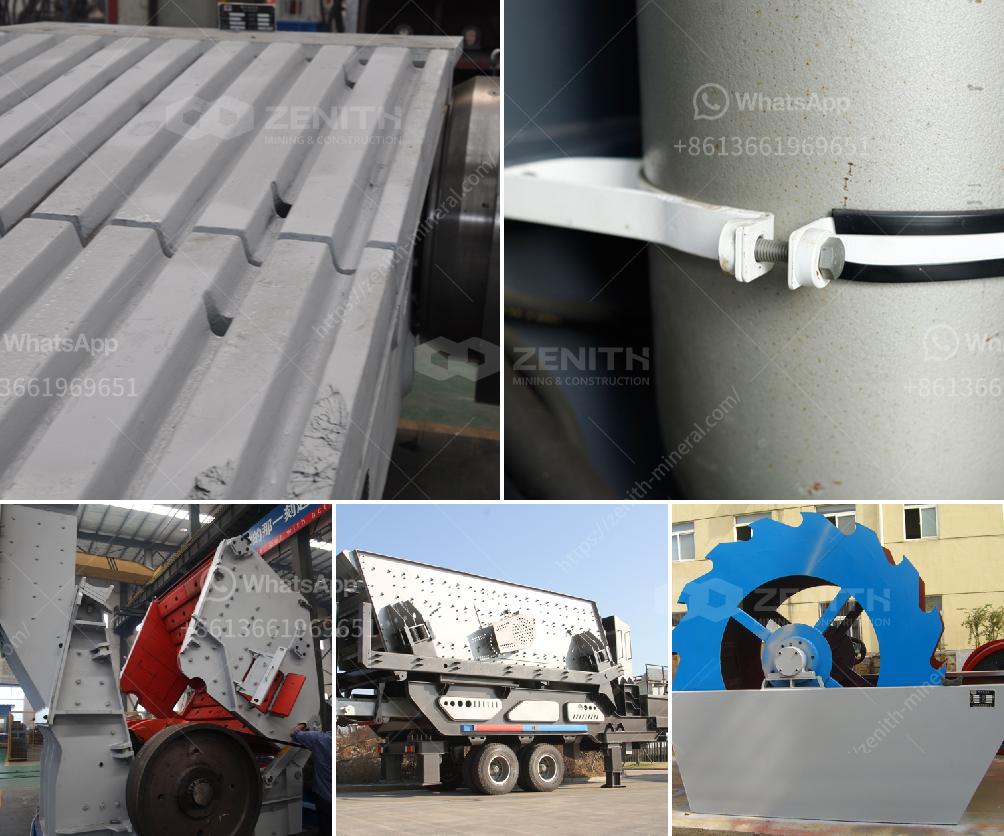Calibrating a belt conveyor involves ensuring the belt is properly aligned and tensioned so that it operates efficiently and safely. Here’s a step-by-step guide on how to calibrate a belt conveyor:
1. Safety Precautions
Before you begin, make sure to:
- Lock out and tag out (LOTO) the conveyor system to prevent accidental startup.
- Wear appropriate personal protective equipment (PPE).
2. Preliminary Inspection
- Visual Inspection: Check for any visible damage or wear on the belt, rollers, and pulley.
- Remove Debris: Clear any debris that might obstruct the calibration process.
3. Check Belt Tension
- Use a tension gauge to measure the belt tension. Refer to the manufacturer’s specifications for the recommended tension.
- Adjust the tensioners accordingly. Usually, this involves turning the tensioning bolts on either side of the conveyor.
4. Align the Belt
- Check Alignment: Inspect for any off-center tracking.
- Adjust Rollers: Use adjustable idler rollers or tracking rollers to guide the belt back to center. Make sure to make small incremental adjustments and check the belt alignment repeatedly.
5. Level the Conveyor
- Make sure the conveyor frame is level. Use a spirit level to check the frame and adjust the legs or supports as needed.
6. Re-Check Alignment and Tension
- After adjusting the rollers and leveling the conveyor, re-measure the tension and check the alignment.
- Power on the conveyor briefly to observe the belt’s movement. Power down to make any necessary final adjustments.
7. Test Run
- After ensuring everything is correctly adjusted, perform a longer test run to verify continuous operation.
- Observe the belt for any signs of misalignment or improper tension throughout the entire length of the conveyor.
8. Final Inspection and Documentation
- Once everything is correctly aligned and tensioned, perform a final visual inspection.
- Document the calibration adjustments and any parts replaced or repaired.
Tips for Maintenance
- Regularly inspect the conveyor system at scheduled intervals.
- Keep detailed records of all calibrations and maintenance activities.
- Train operators on how to notice early signs of misalignment or tension issues.
By following these steps, you can ensure that your belt conveyor is calibrated for optimal performance and longevity.

